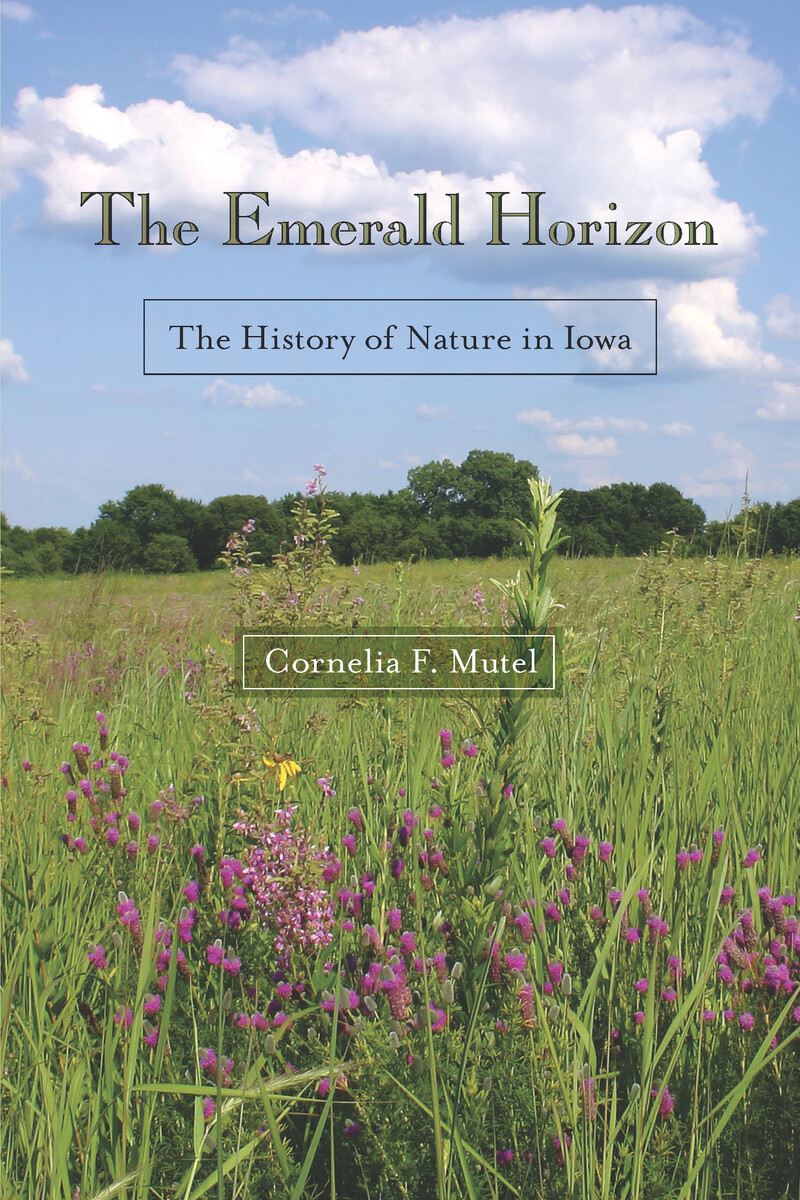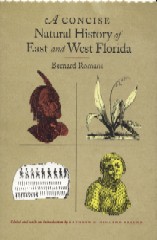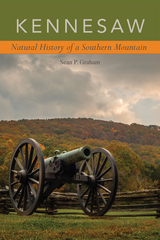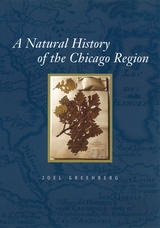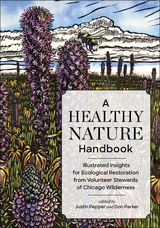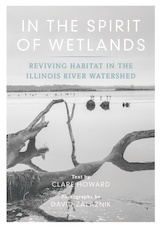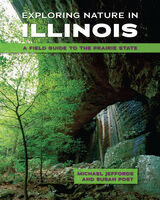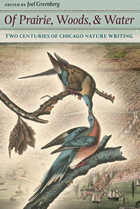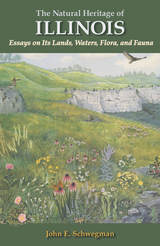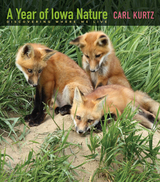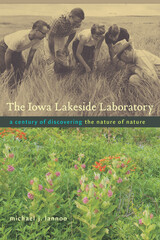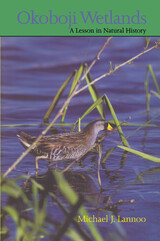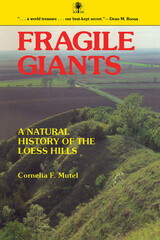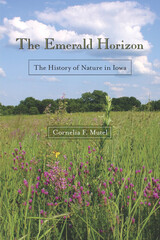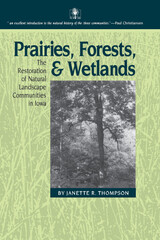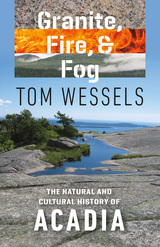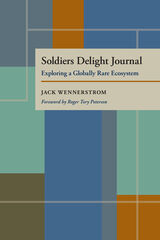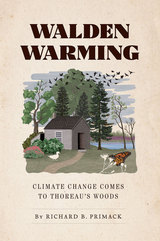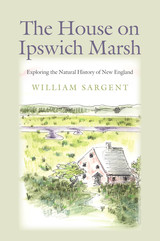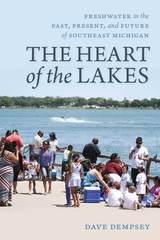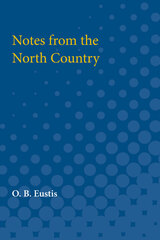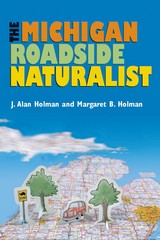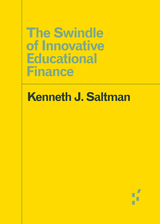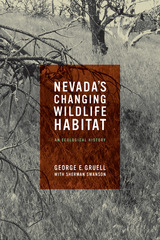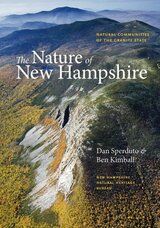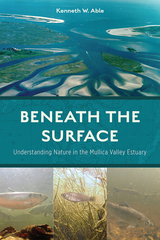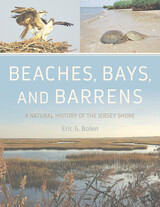The Emerald Horizon: The History of Nature in Iowa
University of Iowa Press, 2008
eISBN: 978-1-58729-747-2 | Paper: 978-1-58729-632-1
Library of Congress Classification QH105.I8M875 2008
Dewey Decimal Classification 508.777
eISBN: 978-1-58729-747-2 | Paper: 978-1-58729-632-1
Library of Congress Classification QH105.I8M875 2008
Dewey Decimal Classification 508.777
ABOUT THIS BOOK | AUTHOR BIOGRAPHY | REVIEWS | TOC | REQUEST ACCESSIBLE FILE
ABOUT THIS BOOK
In The Emerald Horizon, Cornelia Mutel combines lyrical writing with meticulous scientific research to portray the environmental past, present, and future of Iowa. In doing so, she ties all of Iowa's natural features into one comprehensive whole.
Since so much of the tallgrass state has been transformed into an agricultural landscape, Mutel focuses on understanding today’s natural environment by understanding yesterday’s changes. After summarizing the geological, archaeological, and ecological features that shaped Iowa’s modern landscape, she recreates the once-wild native communities that existed prior to Euroamerican settlement. Next she examines the dramatic changes that overtook native plant and animal communities as Iowa’s prairies, woodlands, and wetlands were transformed. Finally she presents realistic techniques for restoring native species and ecological processes as well as a broad variety of ways in which Iowans can reconnect with the natural world. Throughout, in addition to the many illustrations commissioned for this book, she offers careful scientific exposition, a strong sense of respect for the land, and encouragement to protect the future by learning from the past.
The “emerald prairie” that “gleamed and shone to the horizon’s edge,” as botanist Thomas Macbride described it in 1895, has vanished. Cornelia Mutel’s passionate dedication to restoring this damaged landscape—and by extension the transformed landscape of the entire Corn Belt—invigorates her blend of natural history and human history. Believing that citizens who are knowledgeable about native species, communities, and ecological processes will better care for them, she gives us hope—and sound suggestions—for the future.
Since so much of the tallgrass state has been transformed into an agricultural landscape, Mutel focuses on understanding today’s natural environment by understanding yesterday’s changes. After summarizing the geological, archaeological, and ecological features that shaped Iowa’s modern landscape, she recreates the once-wild native communities that existed prior to Euroamerican settlement. Next she examines the dramatic changes that overtook native plant and animal communities as Iowa’s prairies, woodlands, and wetlands were transformed. Finally she presents realistic techniques for restoring native species and ecological processes as well as a broad variety of ways in which Iowans can reconnect with the natural world. Throughout, in addition to the many illustrations commissioned for this book, she offers careful scientific exposition, a strong sense of respect for the land, and encouragement to protect the future by learning from the past.
The “emerald prairie” that “gleamed and shone to the horizon’s edge,” as botanist Thomas Macbride described it in 1895, has vanished. Cornelia Mutel’s passionate dedication to restoring this damaged landscape—and by extension the transformed landscape of the entire Corn Belt—invigorates her blend of natural history and human history. Believing that citizens who are knowledgeable about native species, communities, and ecological processes will better care for them, she gives us hope—and sound suggestions—for the future.
See other books on: Environmental Conservation & Protection | Iowa | Midwest (IA, IL, IN, KS, MI, MN, MO, ND, NE, OH, SD, WI) | Mutel, Cornelia F. | Natural history
See other titles from University of Iowa Press
